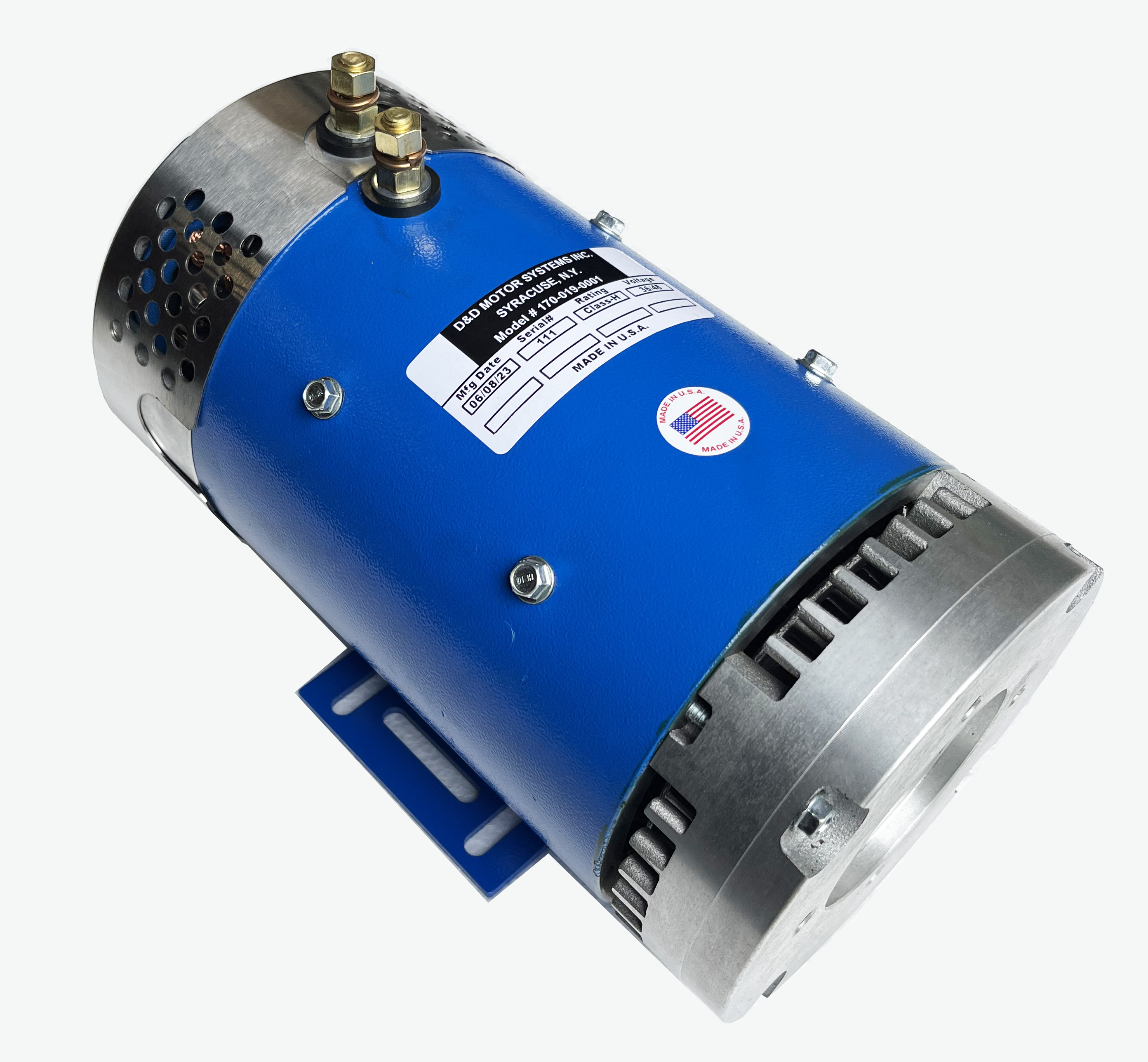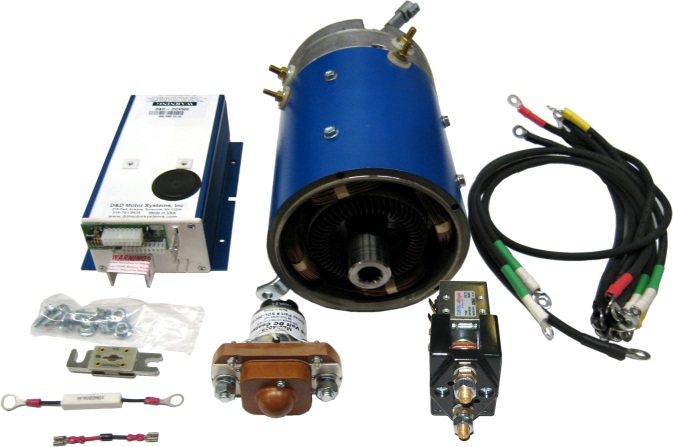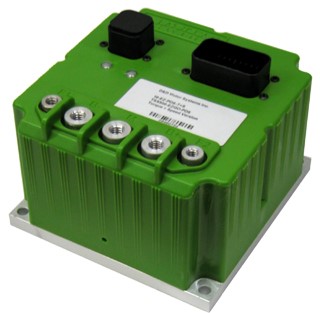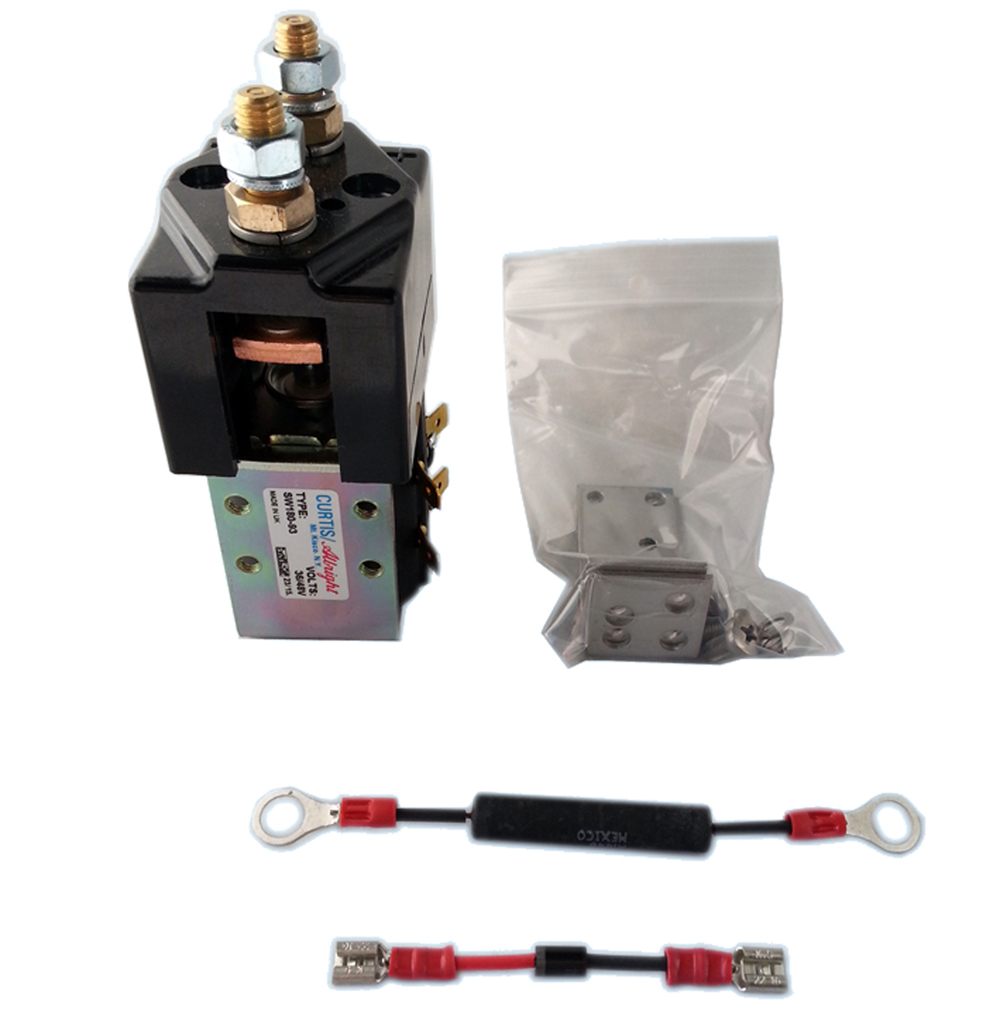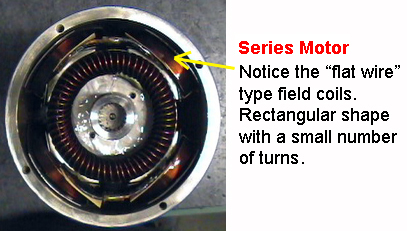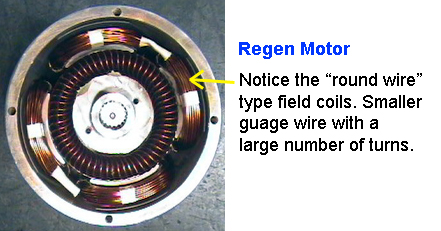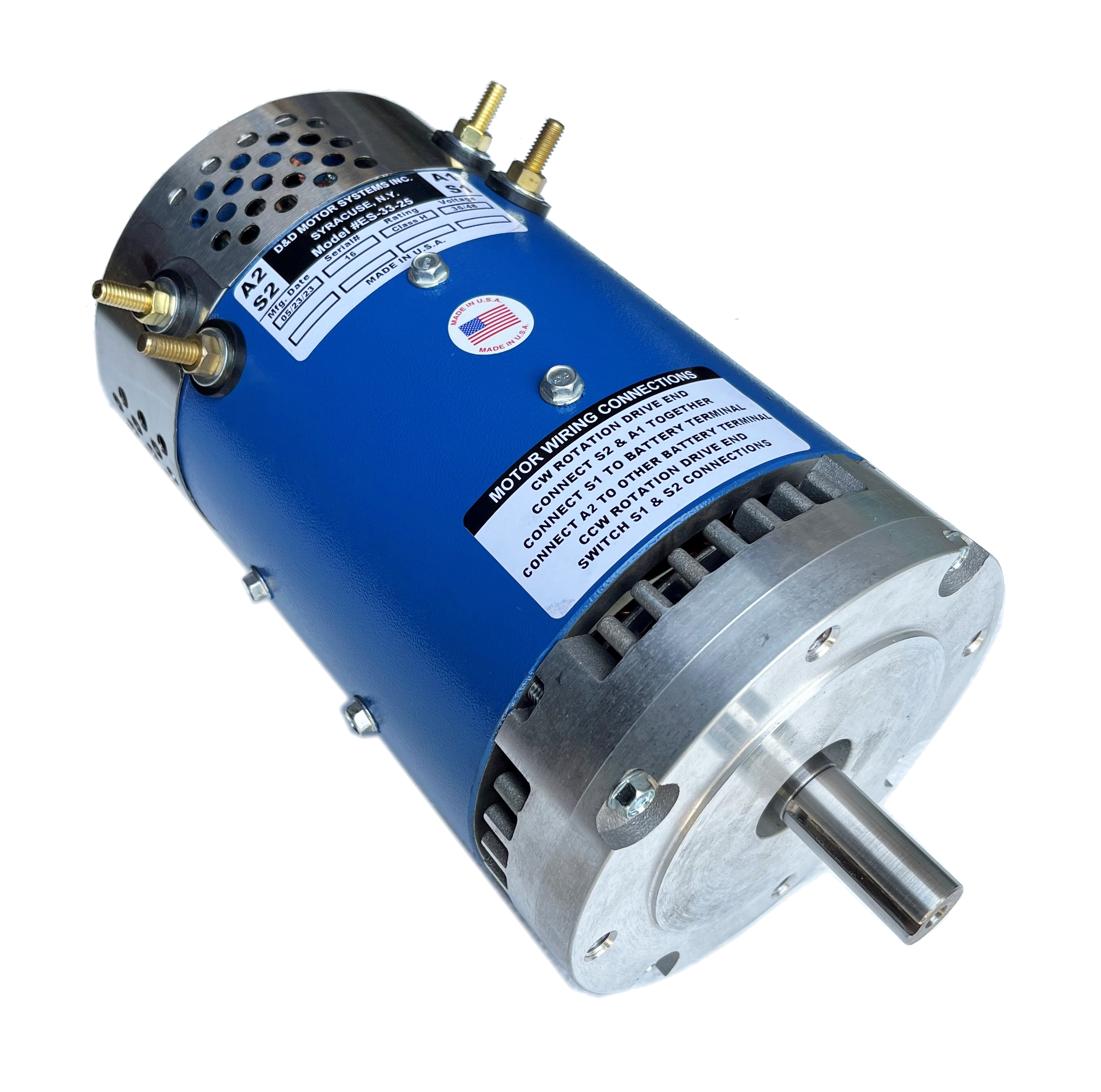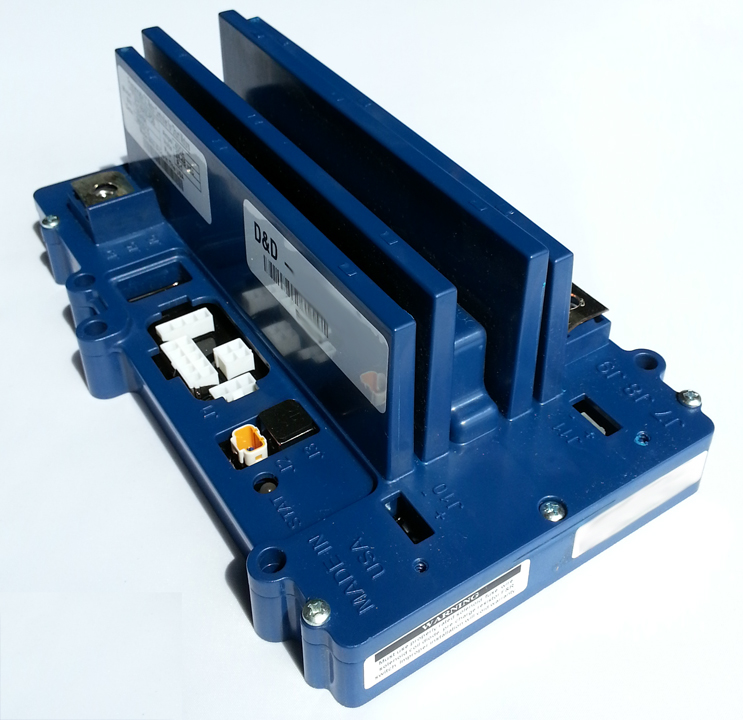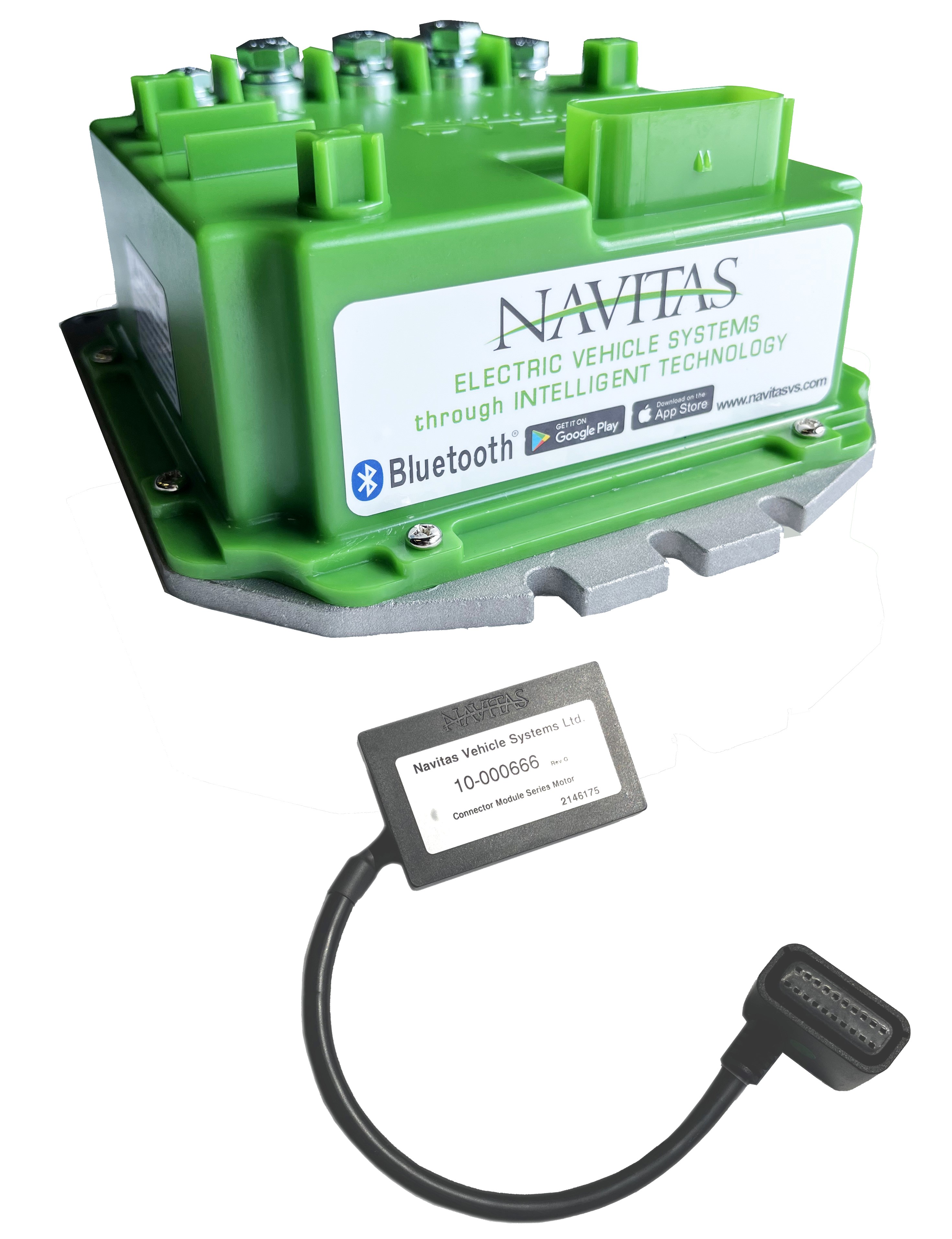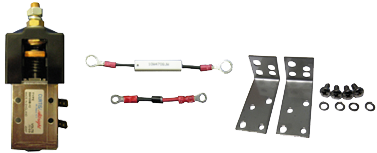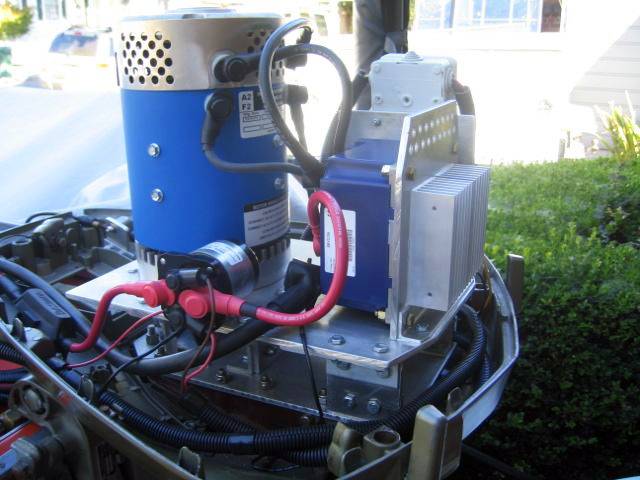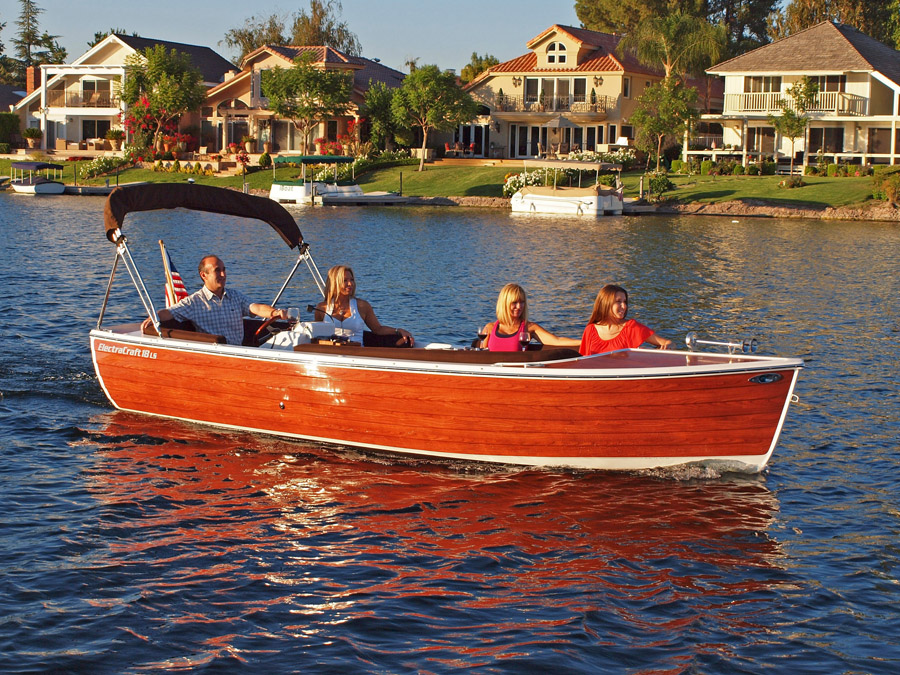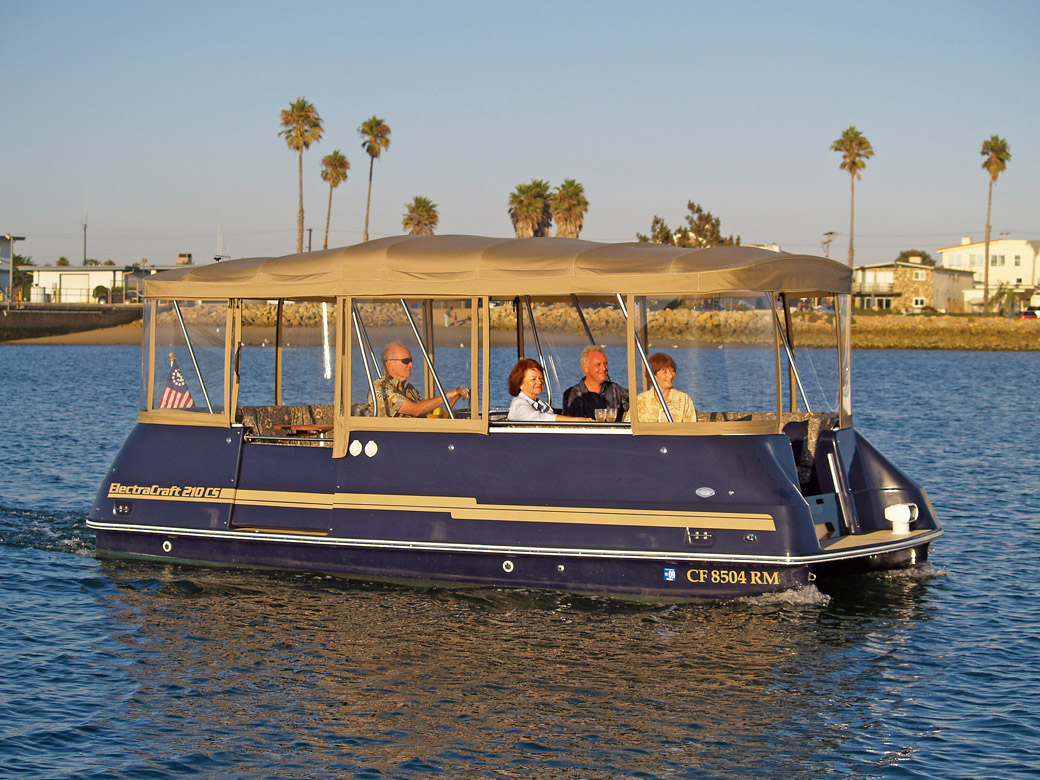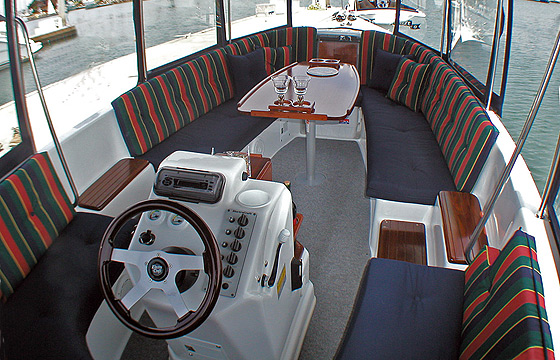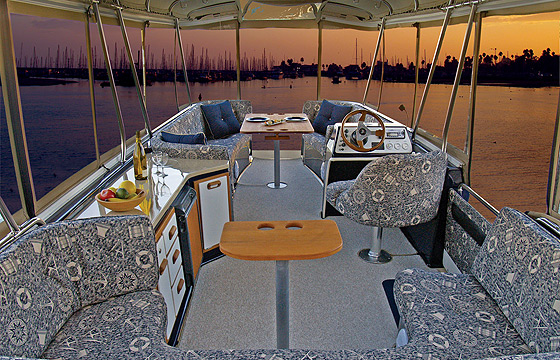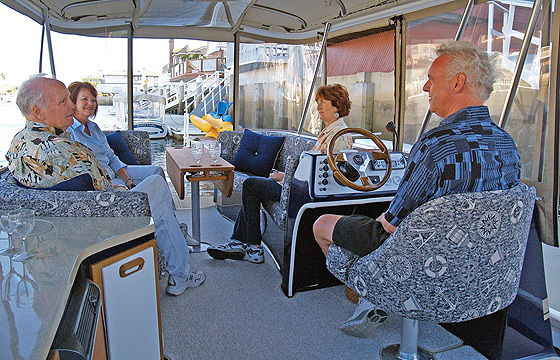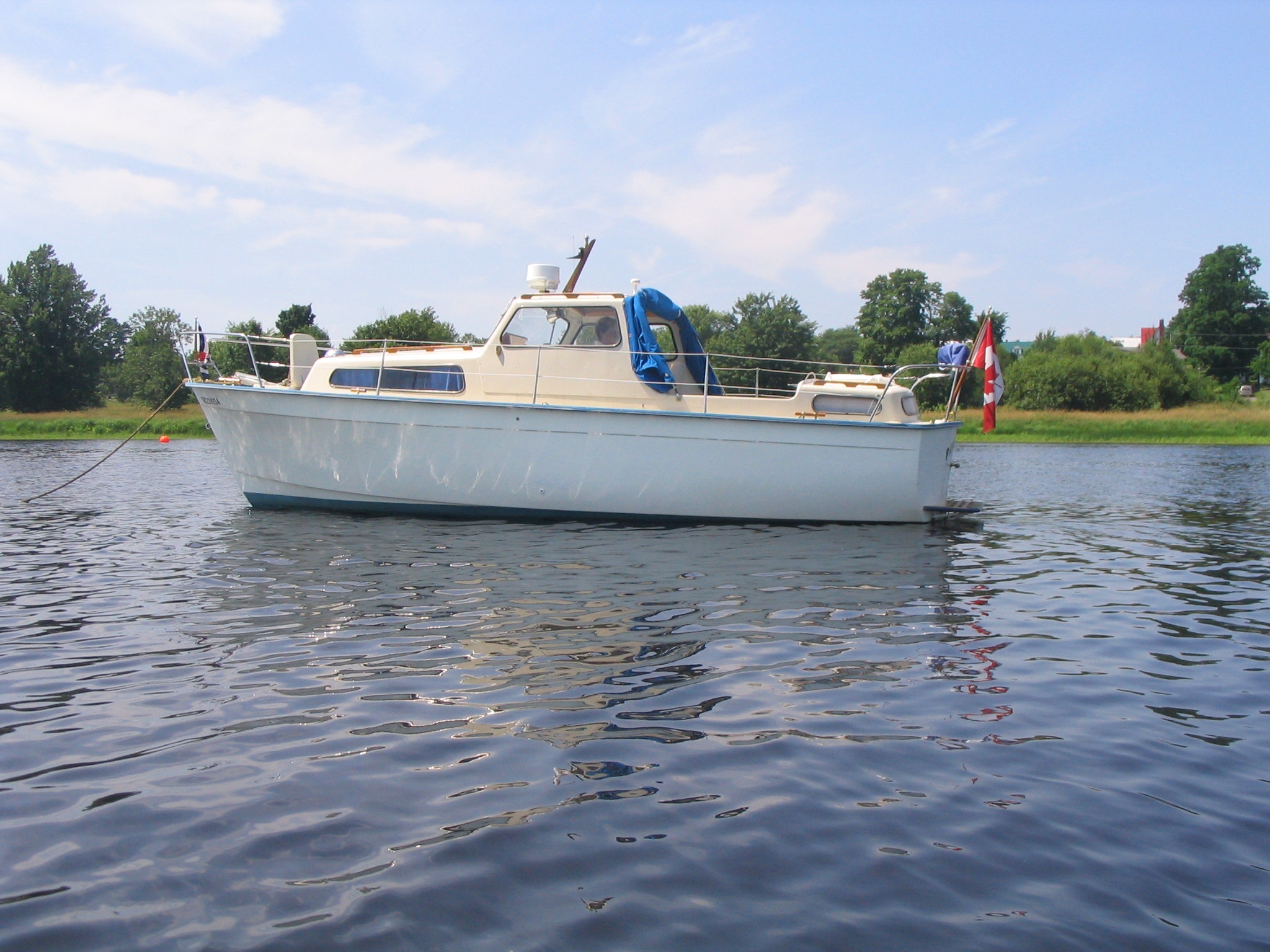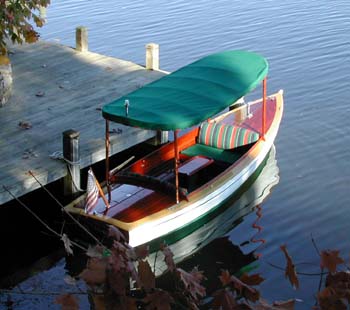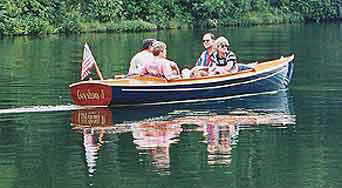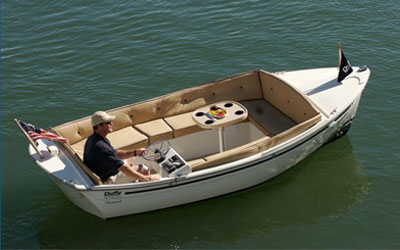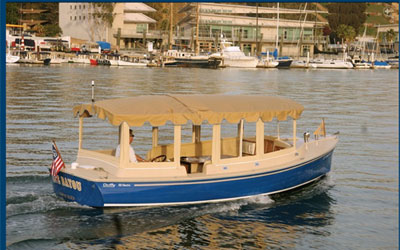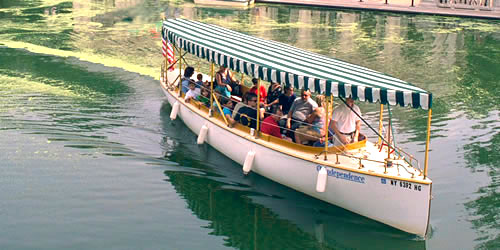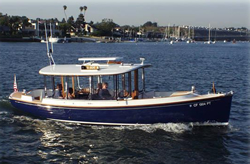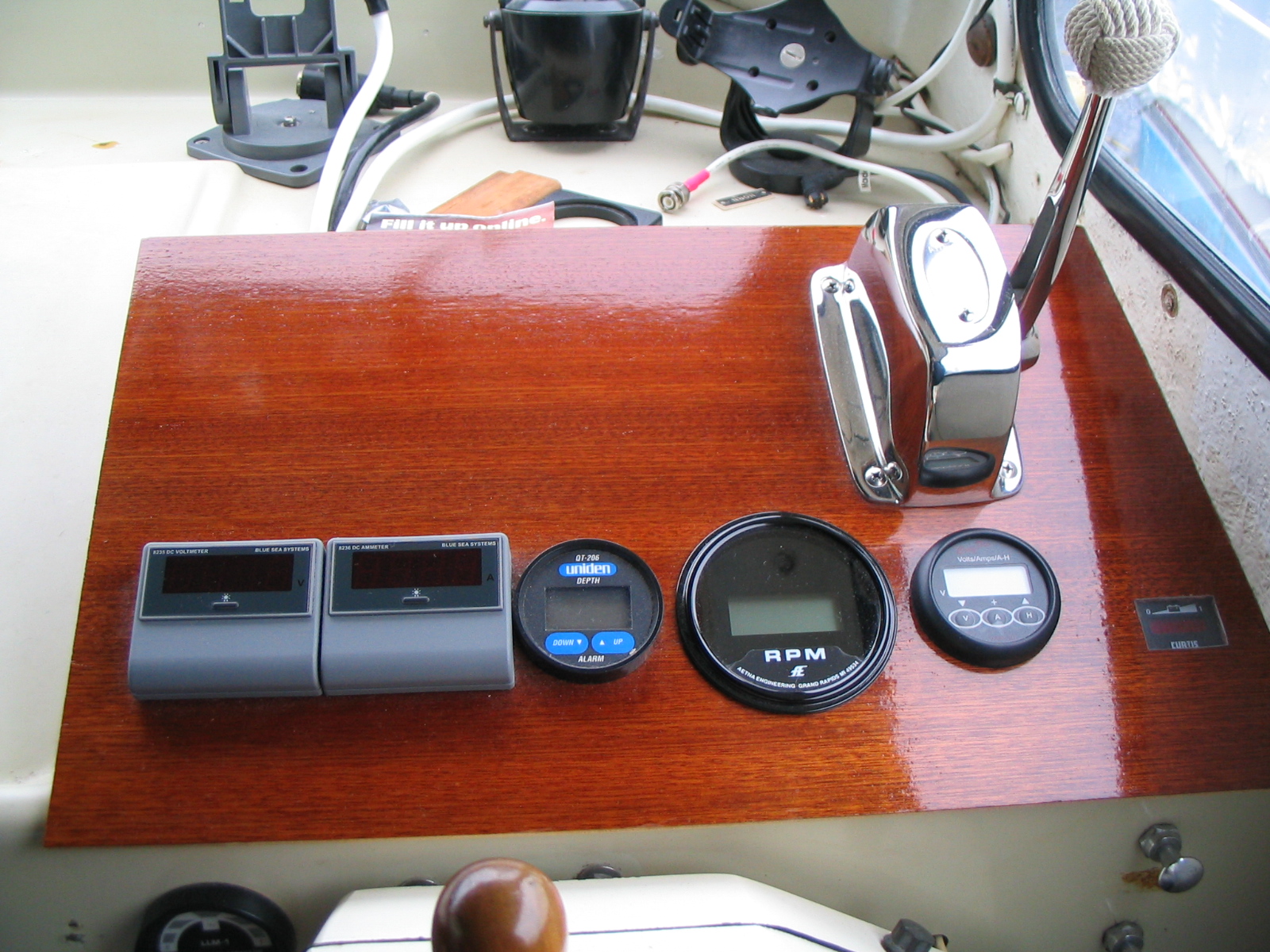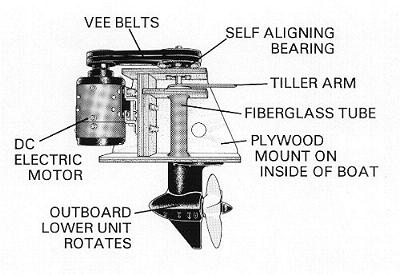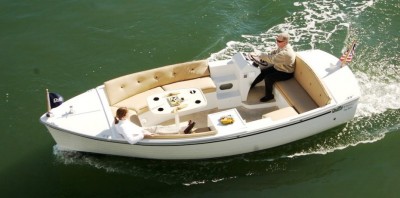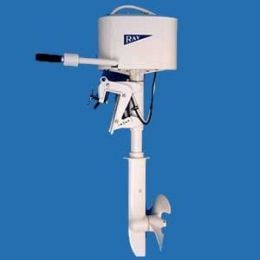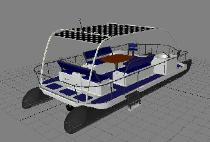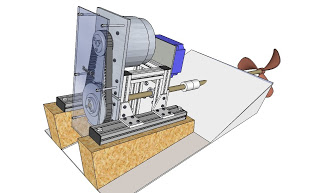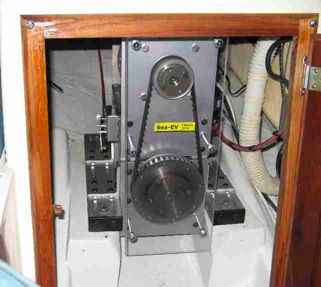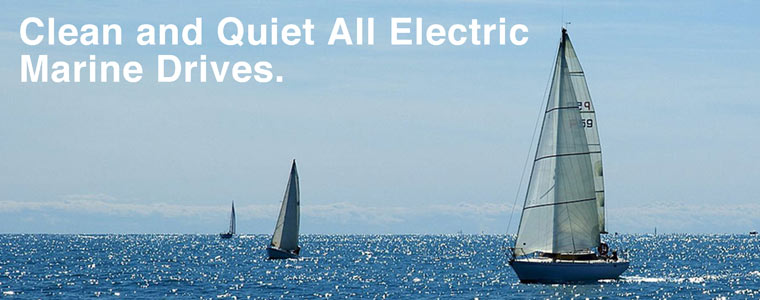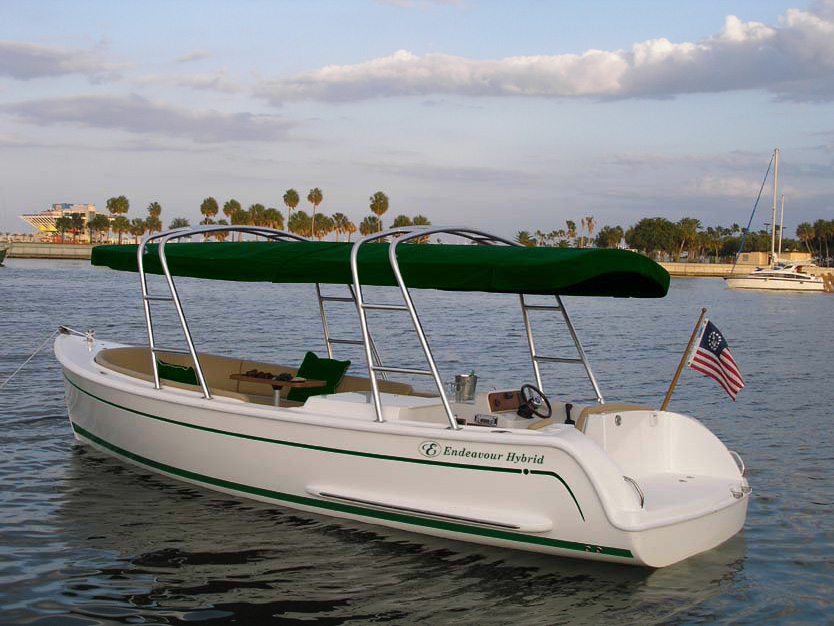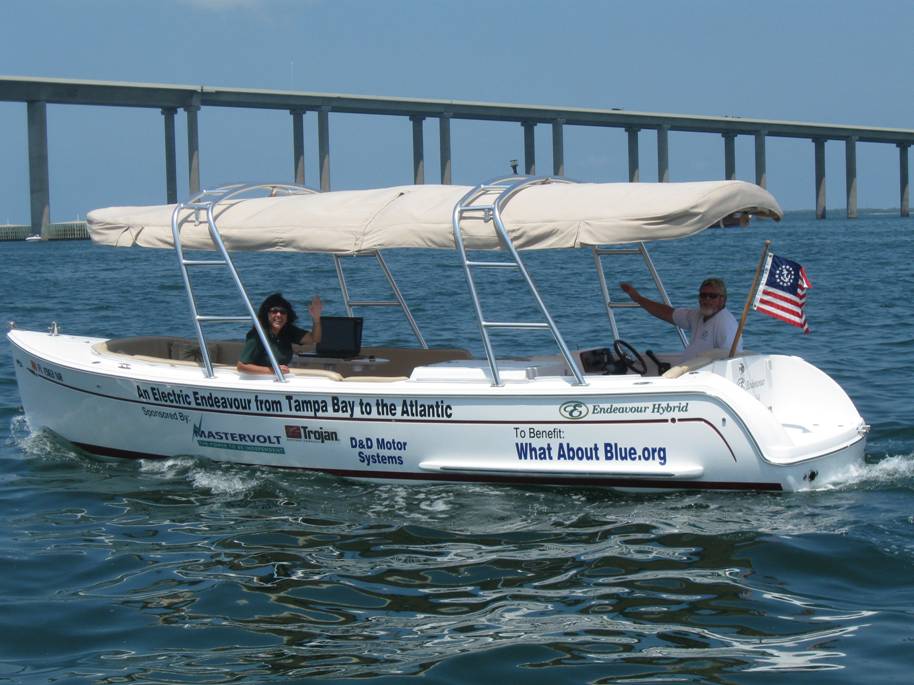Browse
Dealer
Electric Boat Motors
D&D Motor Systems is the premier manufacturer of electric boat motors in the U.S. for electric boat conversions.Our outboard electric motors offer higher performance than the other motors that are out there. Our electric sailboat motors have: higher torque, better thermal capabilities and a competitive price. In addition, we offer a complete line of U.S. made electric boat controllers to go with our electric motor for boats. Kick the oil habit now. It's a lot more practical than you think. This isn't a dream of the future. Electric boat motors are here today! At a cost you can afford!
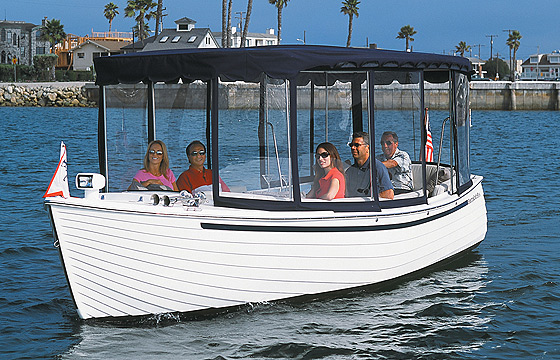

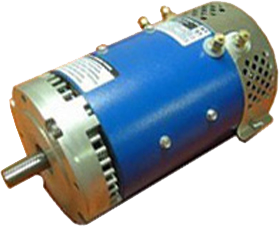
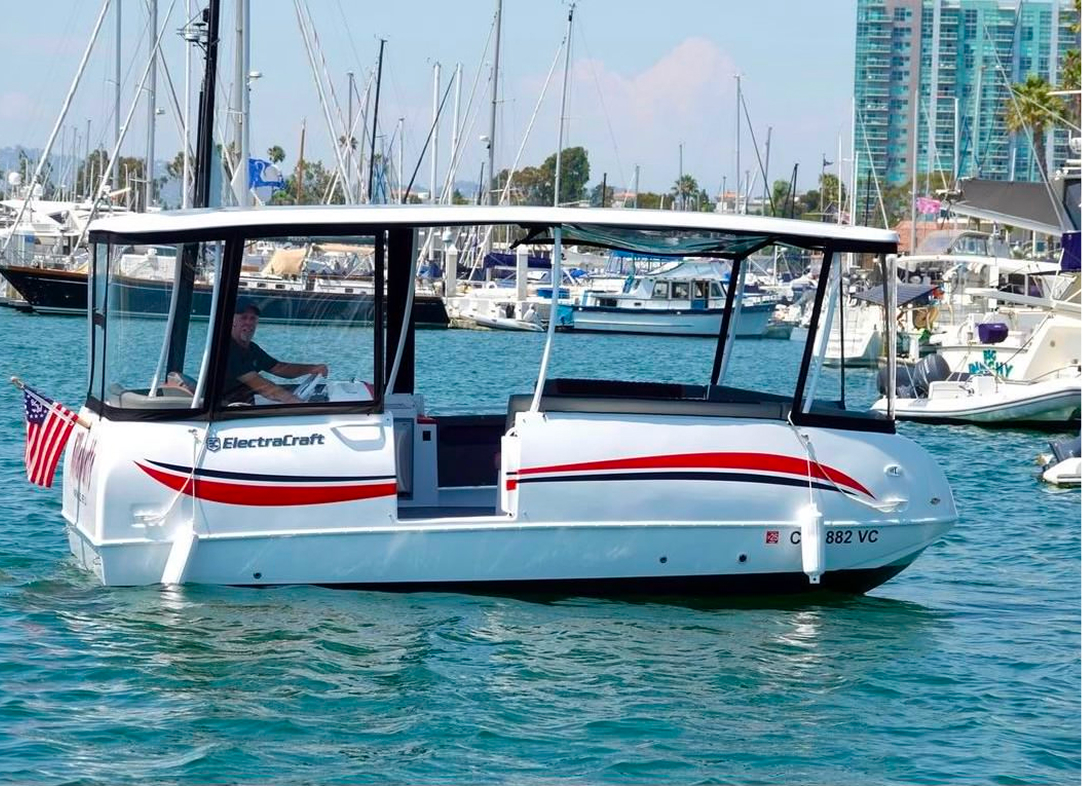
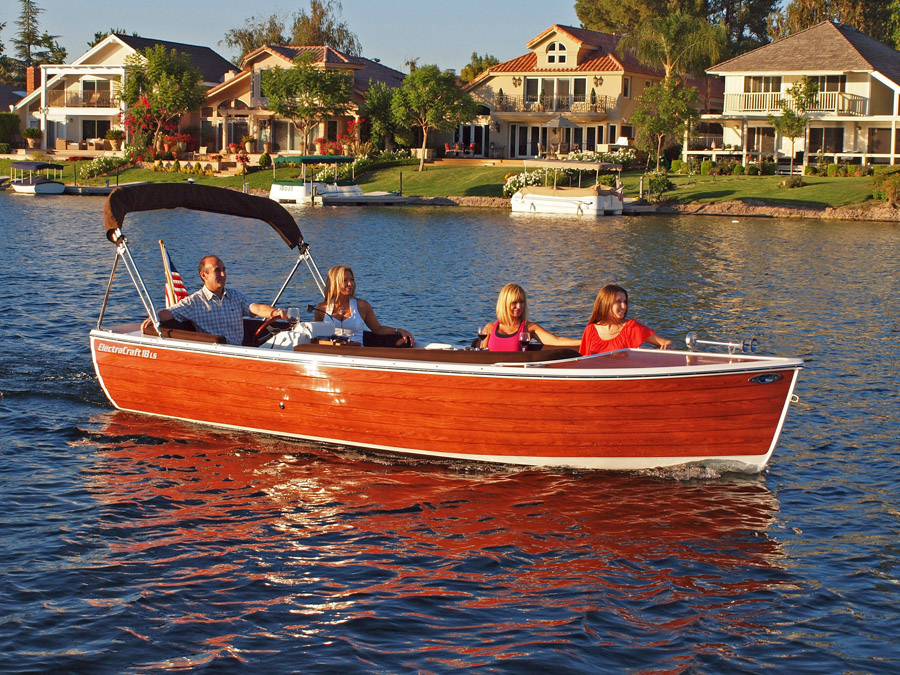
Popular Electric Boat Conversions
- Many different boat styles, can be converted to electric.
- Take a look at some example pictured below. Click to view details.
Endeavour Green

Electric Boat
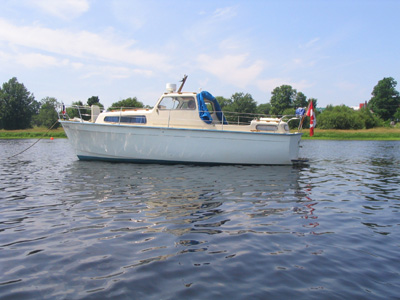
Outboard Motor Designs
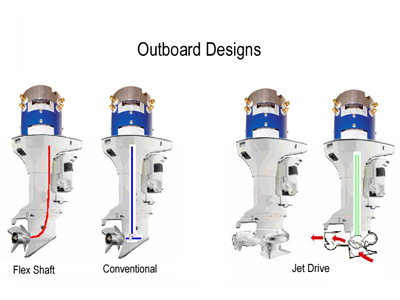

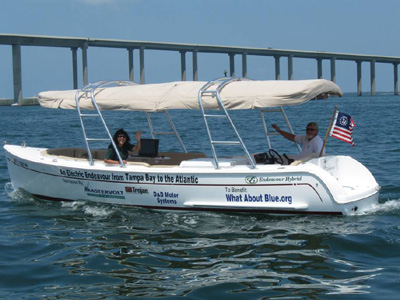

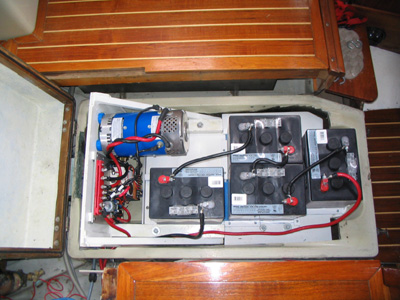

Electric Boat Conversions - Electric Sailboat Motor Standard Designs
|
Part Number: 170-014-0004 (
Series
)
|
Other Electric Boat Motor Series Design Options: High Performance Motor Options
Other Electric Boat Motor Series Design Options
|
Part Number: 170-509-0004 (
Regen / Sepex
)
Other Electric Boat Motor Regen / Sepex Design Options: High Performance Motor Options |
Need a Custom Boat Motor?
Electric Boats in the News
|
|||
| Go-Float Signs New Dealers to Sell Its Electric Boats By: By James Warden |
Filed Under: Electric Boats - | ||
Based in Hopkins, Go-Float boats garnered their some of their first brand exposure on and around Lake Minnetonka. Go-Float has signed four new U.S. dealers and one Israeli resort to sell the company’s electric boat motors, the company announced Wednesday. The additional dealers are part of growing success the company credits in part to this year’s outboard electric motors boats shows. Prior to the shows, it introduced four new models for 2012 with prices below $5,000. Its production team has doubled in size and expects to quadruple in 2012. “Our boat show results for the outboard electric motors have been better than expected. We are signing new dealers and those dealers report that they’ve sold outboard electric motors boats within days of receiving their first shipment,” a news release quoted Steve Hendrickson, Go-Float’s general manager. “Our vision of outboard electric motors boating is connecting with all types of people and we are thrilled to see the growing interest in Go-Float and our outboard electric motors.” Based in Hopkins, Go-Float electric outboard motors boats garnered their some of their first brand exposure on and around Lake Minnetonka. Go-Float launched to provide environmentally friendly watercraft to boaters by using electric boat motors. It initially offered just two models. The $1,995 SL1 resonated with those who wanted a slower, more-relaxing experience on the water, while the $9,495 RX1 could reach speeds up to 20 mph and was capable of pulling a water skier. The four 2012 models range from the $1,895 Ion with a top speed of 4 mph to the $16,995 Vector that can go up to 22 mph. When 5th District Rep. Keith Ellison visited the company in the middle of April, officials described a booming business that was in talks with companies in regions ranging from Scandinavia to the Mideast. MSD |
|||
|
|||
| Duffy Down Under debuts Duffy Electric Boats, Sanctuary Cove Boat Show By: Duffy Down Under at Sail-World.com |
Filed Under: Electric Boats - | ||
Well, it's not a sailing boat, but their hearts are in the right place. Duffy Down Under Pty Ltd is introducing a new Duffy Electric Boat model to Australia at the Sanctuary Cove International Boat Show 24-27 May in Berth D/E2 at the main marina.
Gordon Kerr, Duffy Down Under chief executive. 'Duffy Electric Boats are ideal because of their zero emissions. They work harmoniously in the Gold Coast Marine Park with its varied fish life, dolphins, turtles and whales. As an added bonus, the electric boat motor is allowed in the Gold Coast areas where petrol-powered boats are forbidden.'
|
|||
|
|||
| Lithium Iron Phosphate (LiFePO4) Batteries for Electric Boats By: Armin Pauza, EBAA business member |
Filed Under: Electric Boats - | ||
This article explains the basic features and benefits regarding the latest developments in lithium ion battery technology which are now available for use with electric boat motors.Up to the present time the electric boat motor owner has only had available one type of battery chemistry to provide propulsive power for their electric boat motor no matter whether the electric boat is an inboard or outboard motor. This battery type is of course the lead acid battery. There are two main variations to the lead acid battery depending upon its specific application. Broadly speaking the lead acid engine start or "cranking battery" in its intended application is designed to provide a short, high power burst of electrical current to crank over either a petrol or diesel engine while starting. The other main type of lead acid battery is the deep cycle or gel/AGM type which is used to provide sustained power for electrical devices and equipment over a long period. This is the type of battery which commonly provides house power on boats as well as presently being the most common type to power electric boat motors. Both types of lead acid batteries however have severe limitations. Lead acid batteries are extremely heavy and while weight may not be an important factor for batteries in a stationary environment, for use in a motive application such as an electric boat motor, having to move (accelerate/decelerate) such a heavy dead weight does not make much common sense. In addition lead acid batteries contain nasty chemicals such as sulphuric acid and toxic heavy metals like lead which are potentially hazardous to the environment. Lead is a very heavy metal and for many years the search has been on to make a better battery that is also lighter in weight. Lithium is the logical choice since it is the lightest metal known to man. However in addition to being extremely light in weight, lithium is also extremely reactive and for this reason pure lithium metal is never found in nature. Lithium metal is manufactured from lithium salts which are extracted through mining activities mainly from brine lakes. It can also be extracted from sea water. Lithium ion batteries have been available for several years for many consumer applications which most people would be familiar with. As with lead acid batteries, lithium ion batteries also are available in several chemistries, each having their particular good and bad points. The earliest lithium battery chemistries which became a commercial reality and which are still in use today for consumer items like mobile Lithium Iron Phosphate (LiFePO4) Batteries for Electric Boats by Armin Pauza, EBAA business member Energy density comparison phones, notebook computer and camcorders etc. are cobalt oxide lithium ion batteries. Li-Co batteries have high energy densities but have the disadvantage that in large format applications and in cases where many separate cells are used which can potentially become unbalanced during several charge cycles, they can pose a dangerous risk of fire or explosion is a possibility. While these batteries are generally considered quite safe in small format applications such as for mobile phones and the like (generally one cell only is used therefore this is why the battery voltage of a typical mobile phone battery is 3.6 -3.7 volts) there could be disastrous consequences should a large lithium battery of this chemistry fitted to a boat catch fire. (electric motor for boats In the mid 1990's Dr John B Goodenough and his research team from the University of Texas developed material used to make the Lithium Iron Phosphate battery (LiFePO4 for short). Dr Goodenough patented his invention and gave permission to Phostech Lithium/Hydro Quebec Canada to manufacture this material in commercial quantities for the production of LiFePO4 batteries which would be a superior replacement for lead acid batteries. Unlike the hazardous nature of the earlier chemistry lithium battery types, lithium iron phosphate batteries are extremely stable and safe to use. This safety combined with their light weight has found wide use for these batteries for military applications and now for the emerging electric vehicle markets including electric boats. They are in fact even safer than lead acid batteries and do not suffer from some of the problems which are inherent to lead acid batteries such as, thermal runaway, sulphation when left in a discharged condition and high rates of self discharge if not used. Lead acid batteries generally have a life of only a few hundred deep charge cycles while a quality LiFePO4 battery can typically be charged in excess of 2000 times. (electric motor for boats) Though not as high in energy density as the earlier lithium battery types, the lithium iron phosphate battery still has a far higher energy density compared to the lead acid battery as can be seen from the graph on the left. In recent years large format LiFePO4 batteries have been made to replace lead acid batteries and these batteries are now being widely used for battery packs to power electric vehicles as well as hybrid electric cars. They are also being used in high power electric cordless power tools. The benefits to the boat owner of a quality LiFePO4 battery are many. Lithium iron phosphate batteries are a truly multi-application battery type so the one battery or battery bank can be used to provide propulsive power for the electric motor for boats/s as well as to supply all the electrical loads on a boat. Normally the electric motor requires a voltage of 36V, 48V or higher voltage while 12V is required for house power, radios, Lithium battery bank navigation lights, etc. In this case a suitable DC/DC converter should be used to provide the lower voltage from the higher voltage main battery bank. It is very bad practice and still used by some manufacturers to simply tap off 12V from a single battery in the main battery pack to supply this lower voltage. This can lead to uneven discharging of different batteries due to varying loads which can further result in some batteries being over charged while others end up being less than fully charged. By fitting a DC/DC converter all batteries are discharged evenly regardless of varying loads. This will result in the longest life from all batteries and will minimise the chances of individual batteries failing prematurely which is a strong possibility if a DC/DC converter is not used. Another major factor which should be taken into consideration when replacing a lead acid battery with a LiFePO4 battery is that due to the higher energy density and greater performance of the lithium battery often a smaller battery can be used which will provide equivalent or better performance compared to the original lead acid battery. For many applications a 60Ah LiFePO4 battery will provide equivalent performance to a 100Ah lead acid battery. This difference in performance can clearly be seen if both battery types are compared side by side in high current drain applications (for example if used to power an electric boat motor at high power settings). What many people fail to realise about a lead acid battery is that its capacity (Ah) rating is usually specified at the 20 hour discharge rate. At high rates of discharge the effective or "real" battery capacity is reduced considerably due to "Peukert's Effect". A typical 100Ah lead acid battery when discharged in an hour or two may have an actual measured capacity of as little as 60-70Ah. LiFePO4 batteries are not negatively affected in the same way by Peukert's Effect as are lead acid batteries. (electric motor for boats) When a lead acid battery is connected to a load (such as an electric motor for example) the voltage slowly continues to decrease until the battery is completely discharged. By contrast the discharge characteristic of a LiFePO4 battery is quite different. The discharge curve of LiFePO4 battery is close to being linear for about 90% of its capacity. Therefore a LiFePO4 battery can be almost fully discharged yet it will provide very close to the same power as when it was fully charged. During the last 10% of the batteries capacity the voltage will drop very suddenly. Another great benefit of Lithium Iron Phosphate batteries for boating applications is due to their inherent safety features. Since they do not produce flammable hydrogen gas under any circumstances (even if overcharged) a LiFePO4 battery can be safely installed in a confined place in a boat or ship without fear of a fire or explosion occurring. There is absolutely no maintenance required so a battery can be fitted into an out of the way space in an electric boat such as under seats, under stair wells, in the hull, etc. Due to slim cylindrical nature of many LiFePO4 cells a custom battery of virtually any shape can be made which will fit into any tight space in an electric boat. Battery cells can even be fitted inside a mast or inside hollow railings. (electric motor for boats) Another advantage of LiFePO4 batteries is their rapid charge capability. High quality batteries can be re-charged extremely quickly. In fact premium quality LiFePO4 batteries can be re-charged from a completely discharged state to more than 90% fully charged in only fifteen minutes with a suitable fast charger from shore power. Of course they can also be more slowly trickle charged by solar panels or more quickly aboard the boat via an engine driven back up generator/alternator. A deeply discharged deep cycle/AGM lead acid battery can only be re-charged in a matter of hours and not minutes. For many electric boats this rapid charge capability will be a godsend. Weight is another factor of concern to owners of electric boat motors. A Lithium Iron Phosphate battery is usually about half the weight of an equivalent capacity lead acid battery. For example the photo of the battery bank below shows a large LiFePO4 battery bank used to power three motors fitted to a 55ft electric racing catamaran. It was originally planned to fit more than half a ton of AGM lead acid batteries to this boat before the owner learned of the benefits of LiFePO4 batteries. Due to the many benefits the owner of the boat decided to install LiFePO4 batteries instead and was able to reduce the total weight of the battery bank by more than half with the total of all twelve batteries weighing in at less than 200kg. To sum up, an overview of the benefits of Lithium Iron Phosphate batteries: • Safe technology, will not catch fire or explode with overcharge • Over 2000 discharge cycles life compared to typically around 300 for lead acid • Double the usable capacity of similar amp hour lead acid batteries • Virtually flat discharge curve means maximum power available until fully discharged (no "voltage sag" with time as with lead acid batteries). • Unlike lead acid batteries, can be left in a partially discharged state for extended periods without causing permanent damage • Extremely low self discharge rate (unlike lead acid which will go flat quite quickly if left sitting for long periods) • Does not suffer from "thermal runaway" • Can be used safely in high ambient temperatures of up to 60 deg.C or more without any degradation in performance • Can be connected in series for higher voltages or parallel for higher capacity. • Absolutely maintenance free for the life of the battery • Can be operated in any orientation • Does not contain any toxic heavy metals such as lead, cadmium, nor any corrosive acids or alkalis thus making LiFePO4 batteries the most environmentally friendly battery chemistry available • LiFePO4 cells are of solid construction. There are no fragile/brittle plates made of lead which can be prone to failure over time as a result of vibration. • Can be safely rapidly recharged. When fully discharged can be re-charged to more than 90% full battery capacity in only 15 minutes. There are already several brands of LiFePO4 batteries which are available to boat owners and are suitable for powering many kinds of electric motors from tiny trolling motors to large inboard electric motors of several horsepower. The prospective battery purchaser should be aware that the majority of the LiFePO4 batteries manufactured in China are of very poor quality and correspondingly provide poor overall performance. These batteries will also have a shorter life than a quality LiFePO4 battery. Only high quality LiFePO4 batteries should be used by the electric boat owner so as to provide peace of mind in terms of battery reliability. One way a battery buyer can gauge the quality of any particular battery brand is to check what kind of warranty the manufacturer/supplier will provide and whether it is a factory backed warranty or only a distributor backed warranty in the country of sale since many distributors of Chinese batteries are required by law to provide a minimum warranty period when a battery is sold in a western country. If a battery manufacturer is not prepared to stand behind their own products by providing a lengthy factory backed warranty then it is best to steer well clear of these companies so as to avoid any possible headaches in the future. (electric motor for boats) Chinese battery cell manufacturers will often assemble their cells using less expensive manufacturing techniques thereby reducing the final cost of the battery to the customer at the expense of shorter cycle life and/or poorer performance. For example some manufacturers will simply crimp end terminal caps on the cells while other manufacturers will spot weld or even fully laser weld the cell ends. Obviously a cell which is merely crimped will be cheaper to manufacture than a cell which is fully laser welded. By the same token the crimped cell is also more prone to fail prematurely due to slow ingress of moisture, humidity and other atmospheric contaminants which in a laser welded cell are totally excluded from entering the cell for the life of the cell. It really is a case of having to pay more for quality. By paying more for a quality battery a great deal of frustration can be avoided and allow the electric boat owner to enjoy the tranquillity of silent, electric boating without any noise or exhaust fumes. There are a handful of manufacturers of A-grade quality Lithium Iron Phosphate batteries which will outlast several lead acid batteries and provide vastly superior performance and thereby bring much enjoyment to the owner of the electric boat they are fitted in. Lithium Iron Phosphate batteries are sure to revolutionise and bring about the growth of the electric boating market in the years to come. (electric motor for boats) MSD
|
|||
|
|||
| Electric Boats: Then and Now By: Four Seasons Electric Boats Website |
Filed Under: Electric Boats - | ||
Electric boats are definitely not a new concept. What is believed to be the very first marine outboard motor was invented in 1880 by a French inventor, Gustave Trouve, and it was electric. In the early 1890's electric boats were first introduced in the United State with the formation of the Electric Launch Company (Elco) in Bayonne, New Jersey. It was the Chicago Exposition in 1893 that put them on the map. Elco was requested to build fifty-five (55) 36-foot electric launches for this event. Ticket sales to transport people around the Chicago area lakes and rivers exceeded 1,000,000. That was over 120 years ago and at that time electric motors were the preferred form of propulsion. The electric "Picnic Launch" became the essence of a perfect lake cruise. Elco's company records reveal that Thomas Edison, John Jacob Astor, Admiral Dewey, George Westinghouse, and the Grand Duke Alexander of Russia were all owners of Elco electric launches. There were, of course, steam engines that were very powerful, yet heavy, a lot of work and not conducive to a pleasant cruising experience - especially when their boilers would explode. In the late 1800s, there were also gasoline engines. These engines at that time were called "Explosion Engines". The names were later changed to "Gasoline Engines" to make them sound safer, and more appealing to the consumer. After about 1920, gasoline and diesel engines became the primary propulsion units for boats - but they could never offer the quality of the electric cruising experience. At that time, electric boats lost their following, because the batteries could not carry enough energy to match the horsepower of the internal combustion engine - as folks became more intrigued with speed at the expense of comfort and quality of the boating experience. However the Navy's submarines continued to rely heavily on electric propulsion - because it is fundamentally reliable, efficient, and quiet. Later on, Navy ships and commercial vessels returned to electric propulsion systems for the same reasons - but using generators to create the electricity.Today, the Queen Mary II is powered exclusively with electric motors that generate 157,000 horsepower. So electric propulsion is not a "new concept" and is considered by far the most reliable form of propulsion. Not only is electric propulsion reliable and efficient, it offers the ultimate pleasure boating experience: relaxing, quiet, and NO smelly fumes.For these reasons combined with the advances in battery technology, electric pleasure boating has enjoyed a revival over the passed few decades. Several companies, including Duffy Electric Boats, considered the industry leader of this revival since 1970, have resurrected the electric launch and other more contemporary designs. Electric boating has become the boating lifestyle of choice for many thousands around the world in many different venues for the mainstream population. |
|||
|
|||
| Green Inventor Talks Solar Powered Boats By: Aaron Colter |
Filed Under: Electric Boats - | ||
Before starting Tamarack Electric Boats, Montgomery Gisborne was interested in electric cars, but now he's focused on the water. Since 1993, Gisborne has been involved in the technical aspects of electric vehicles in Canada. Gisborne has been competing in the American version of the Tour del Sol since 1997, placing first in 2003, and he even created a similar race called the Canadian Clean Air Cruise. To date, Gisborne has logged over 31,000 miles of travel in electric vehicles. But he's not only concerned with cars. In 2003 he built one of the world's first electric snowmobiles, and two years later he founded Tamarack Electric Boats. We've covered solar boats many times, and the company's latest invention, the Loon, caught our eye and when given the opportunity, we thought readers would like to know more about a man who designs such interesting electric vehicles. EarthTechling (ET): You have an extensive background in electric cars, what made you want to start an electric boat company? Montgomery Gisborne: Having built electric cars and electrified many other devices such as a snowmobile, I was always looking for a business opportunity in the mix. I had thought of building electric cars for a living, especially after coming in first in the 2003 American Tour del Sol electric car rally, but the reality that you cannot become GM overnight settled in. After much deliberation, I decided that the idea of a solar-powered boat must be a good one, perhaps my best, so I decided to build me first solar boat as a "science project" in 2005. The boat worked so well that I little choice but to purse it! ET: Was there any specific reason that you were looking to move the company from Canada to the United States? Gisborne: Sure, more people, water and sun. I think that we brought our ideas to NYS at a time when Canada seemed to focus its attention the Athabasca Tar Sands, and NYS was looking for sustainable product projects to create sustainable jobs. Then there's this crazy little piece of legislation which was brought into the North American Free Trade Agreement (NAFTA) called the Jones Act which prohibits Canadian companies from selling boats into the US, so we had a triumvirate of good reasons to move across the border. ET: Was the NYSERDA incentive program the biggest draw to relocate to Rome, NY? Gisborne: No, probably not. You may have heard the old expression that "it takes a village . . . " I believe it is very true. When I passed through Rome on my solar trek across the state in 2007, i was overwhelmed by the reaction and enthusiasm of the people, more so that anywhere else I had traveled in my solar boats (which says a lot). The entire town seemed to make time to be there to catch our lines as we tossed them to shore, which really impressed me. The mayor of the town clearly saw the vision and has done more than we could ever have expected to convince us that Rome is our home. Incidentally, the first shovelful of earth removed in the construction of the Erie Canal was taken out of the ground pretty much in font of our shop on July 4th, 1817. I think we would have made the move anyway, without NYSERDA funding, but the funding made it possible and got us started much quicker than if we had to go it completely alone. The funding is great, but it takes more than money to create an industry, it takes drive and determination beyond my own. ET: Why did you decide on solar-power for the Loon above other electric options? Gisborne: There are so many reasons that make solar a natural on an electric boat. People look at my boats and say, "Oh, I get it, when the is moored at the it is picked up a free charge." While this is certainly true, the rationale for the solar goes far beyond that. For example, it dramatically reduced Peukert Effect on lead-acid batteries. Without getting into a long-winded technical discussion, this effect has a negative effect on batteries when the boat is under power, reducing the instantaneous capacity of the energy storage cells, and the solar input helps to reduce that effect, thus increasing the effective range the boat can travel on a given charge. This also helps the lead-acid batteries to better compete against other chemistries, such as nickel and lithium-based batteries at lower expense. I hate oil is the reason why I eschew any internal-combustion options. It is the greatest detriment to the North American economy and a threat to world peace.
|
|||
|
|||
| This is not a Loud Boat By: Ed Killer |
Filed Under: Electric Boats - | ||
STUART — When St. Petersburg boaters Nancy Frainetti and Jeff Springfield pulled up to the fuel dock at Hutchinson Island Marriott Marina in Stuart Tuesday afternoon, one thing was noticeably absent — engine noise.
A leisurely cruise from the River Forest Yachting Center on the St. Lucie Canal in Tropical Acres to the Marriott served as the final leg of the 8-day, 250-mile “Cruise to the Atlantic.” Frainetti and Springfield, owners of Endeavour Green, builders of electric hybrid yachts, left St. Petersburg June 16 and traversed the Okeechobee Waterway in their 24-foot boat while using only $16 in electricity and a few gallons of diesel fuel. “We did this to show people that this is not a ‘toy boat,’” said Springfield, a longtime captain who said many boaters think electric-powered boats are typically for small lakes and short trips. “A typical boating family might enjoy a 20-mile trip. We had legs of this trip of 40, 47 and on Monday, 52 miles in a day.” The technology behind the Endeavour involves a 48 volt array of batteries that turn the 13 horsepower D & D motor. The electric motor uses a twin belt setup to turn the drive shaft for a 3-blade bronze inboard propeller. The batteries can be charged at home or marina by plugging into a 110 volt outlet. To recharge the batteries while under way, a 3.5 kilowatt Master Volt Whisper diesel generator is employed. During the 8-day trip, Springfield said only nine hours were put on the generator and at 3.8 hours per gallon, they needed less than three gallons of diesel. The Endeavour provided comfortable passage, Frainetti said, despite record heat during their trip. A full-length canvas top — one that can fold down and serve as a boat cover when not in use — shades a large area. “We endured a little weather — but that’s something boaters are used to handling,” Frainetti said. “It got a little hot out on Lake Okeechobee Monday, but we managed to keep it from baking our brains.” Frainetti said that although the Endeavour has Eisenglass and air conditioning, they survived without it. Frainetti said she saw several manatees during the trip and counted 38 alligators while crossing Lake Okeechobee. Springfield said the hybrid technology is receiving a lot of interest from the boating community. He said that one selling feature is the simplicity of its design. “It’s an easy boat to own,” Springfield said. “It’s very simple — there are no complex systems. All the electrical components are solid state design. There are no fumes, vibration or noise. And because you are carrying little or no fuel, insurance rates are great.” For more information visit EndeavourGreen.com or call (727) 573-5377. |
|||
|
|||
| Hybrid boats making waves in South Florida By: Allison Bybee |
Filed Under: Electric Boats - | ||
A brand new boat making waves in South Florida, and it runs on batteries. The Endeavour Green Company, part of the Endeavour Catamaran Corporation, showed off it's "green" boat. Co-owners, Nancy Frainetti and Jeff Stringfield, traveled from Saint Petersburg to Stuart. They did it all on battery power, no gas or diesel fuel needed, unless you want to use the back-up generator on board. The Endeavor Green Company created the boat, which is equivalent to a gas or diesel fueled deck boat. The starting cost is around $42,000. The owners say it's well worth the price, and it helps the environment. Endeavour Co-owner, Nancy Frainetti, says, "We have no emissions on the electric propulsion. So, it's as green as can be. What a wonderful benefit."
The boat is also decked out with a bathroom on board and air conditioning. It charges up each night, and usually costs only $1.50. Take that versus a gas or diesel engine that could cost you anywhere from $50 to $75 dollars a day to gas up. |
|||
